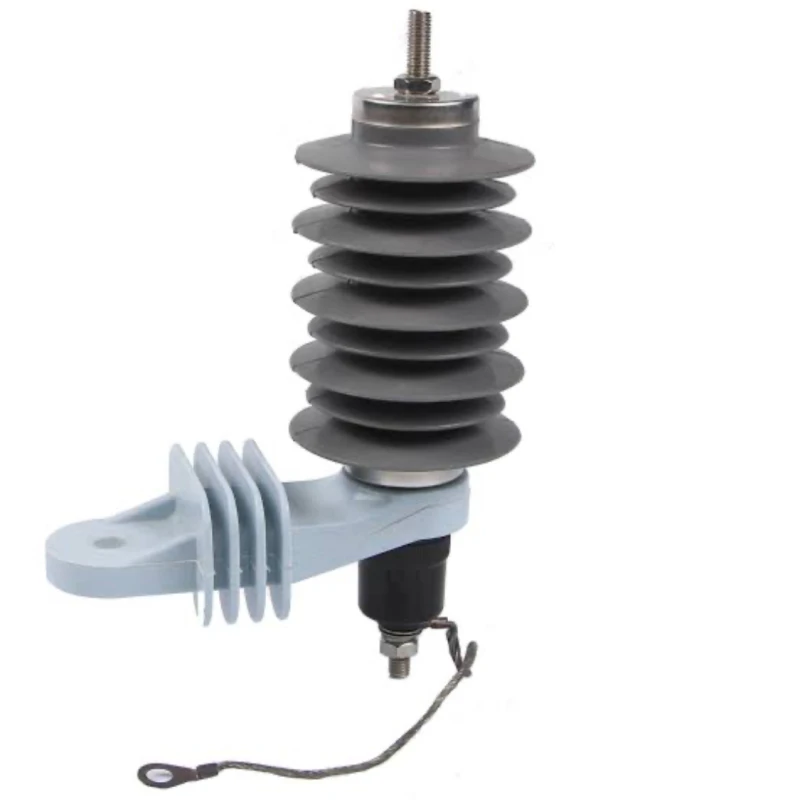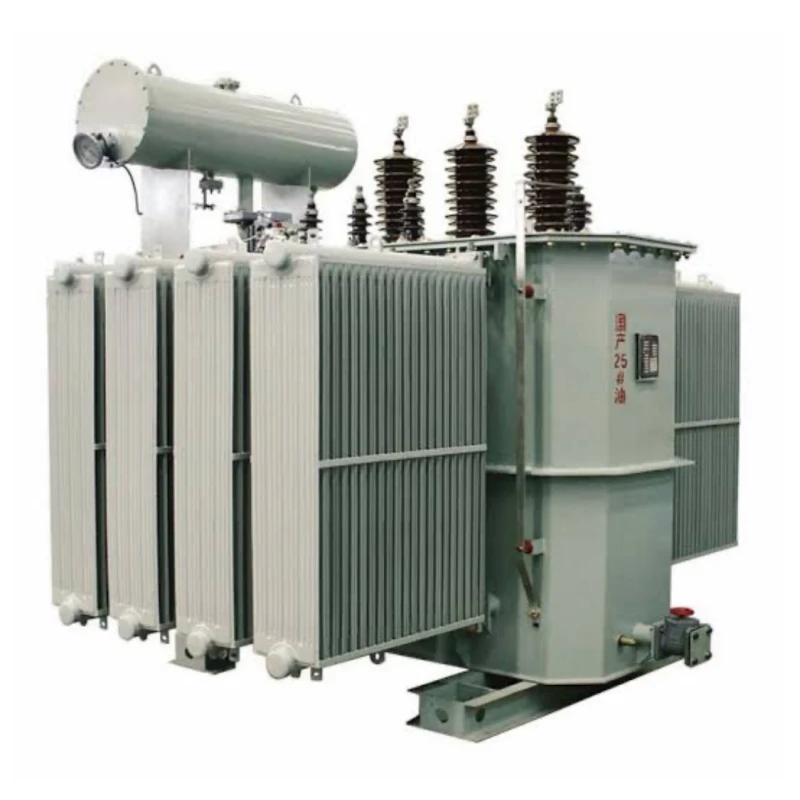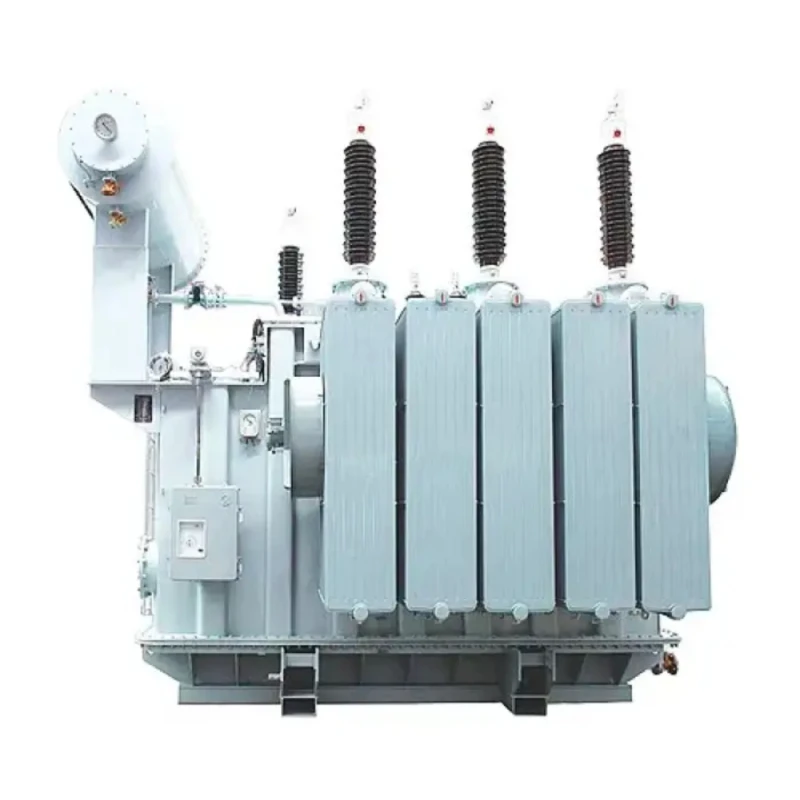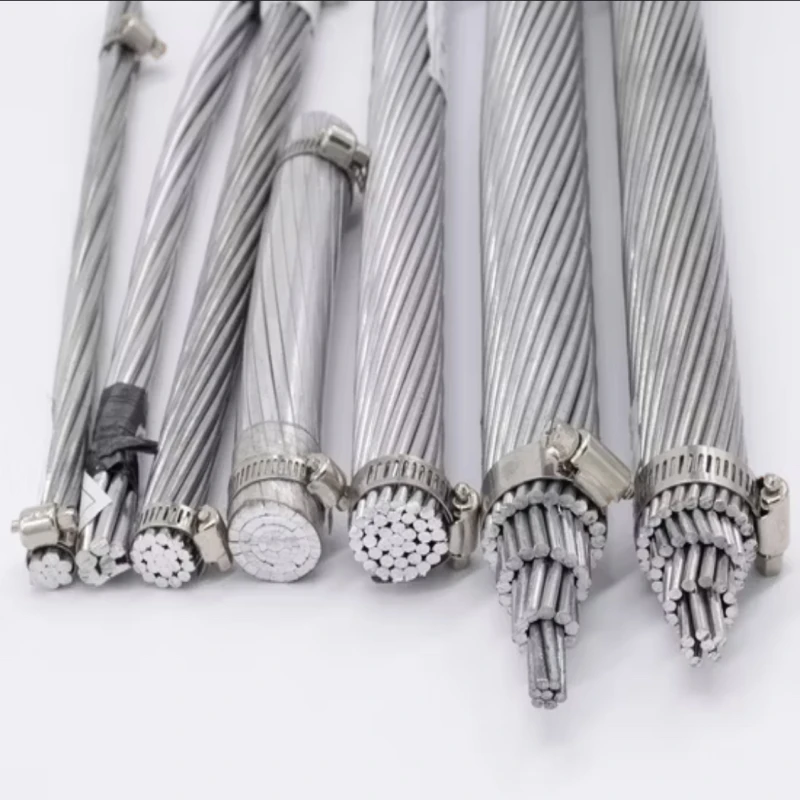-
The primary function is to divert excess voltage caused by lightning strikes or switching surges away from the protected equipment.
-
The arrester provides a low-resistance path to ground, allowing the surge current to safely dissipate without causing damage.
-
By diverting the surge current, the lightning arrester protects transformers, switchgear, and other electrical apparatus from voltage spikes that could lead to insulation breakdown, equipment failure, and power outages.
-
Modern 33kV arresters utilize zinc oxide (ZnO) varistors, which have excellent non-linear voltage-current characteristics. This means they offer high resistance at normal operating voltages but become highly conductive during overvoltage events, effectively diverting the surge.
-
Many 33kV arresters feature a polymeric housing, providing advantages such as:
- Lightweight and compact design:Facilitating easier installation and maintenance.
- Good sealing performance: Protecting the internal components from moisture and contaminants.
- Resistance to corrosion and pollution:Ensuring reliable performance even in harsh environmental conditions.
- Lightweight and compact design:Facilitating easier installation and maintenance.
-
33kV lightning arresters are typically designed to meet international standards like IEC 60099-4, ensuring they meet specific performance and safety requirements.
-
33kV lightning arresters are commonly used on overhead distribution lines to protect transformers and other equipment from lightning strikes and surges.
-
They are also installed in substations to protect equipment and ensure reliable power delivery.
-
Used in industrial settings to safeguard critical electrical equipment from voltage surges caused by lightning or switching operations.

 APPLIANCES
APPLIANCES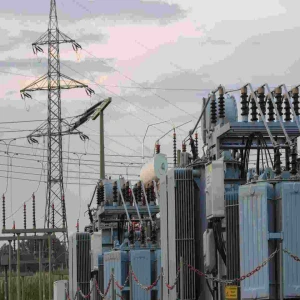 ELECTRIC AND POWER
ELECTRIC AND POWER ELECTRONICS
ELECTRONICS FOOD
FOOD GADGETS
GADGETS KITCHEN
KITCHEN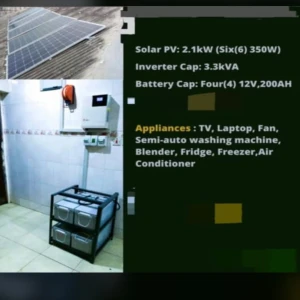 SOLAR SOLUTIONS
SOLAR SOLUTIONS